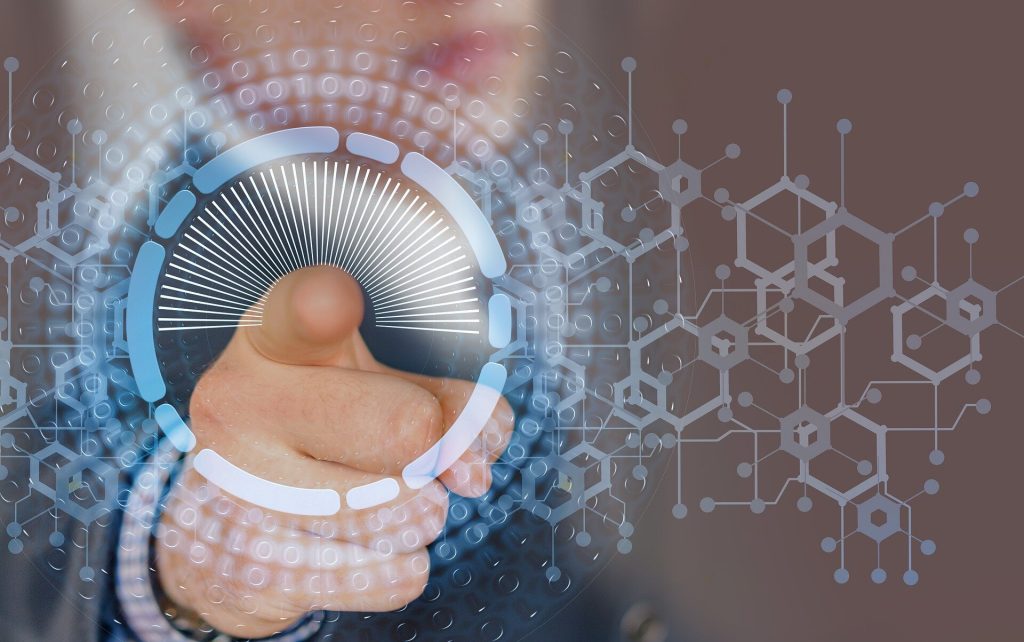
Artificial intelligence (AI) can be leveraged by hospitality companies to meet or even exceed customers’ expectations, according to a framework proposed by researchers in the Penn State School of Hospitality Management.
The research team used the gap model, which explores ways to improve customer service, to provide a framework for how the hospitality industry can apply AI in balance with needs like catalyzing efficiency, saving costs or keeping a personalized, human touch.
Led by Marriott Professor of Lodging Management Anna Mattila, the research team published its findings in the Journal of Hospitality and Tourism Management.
“The service gap model is a foundation of hospitality service,” Mattila said. “The idea is that there are different gaps between the customer’s expectations and their perceptions of the service received. If customer expectations are not met, this model helps find ways to close that service gap. We wanted to understand how AI can help improve customer service to narrow this gap.”
The researchers examined four specific aspects of the gap model that hospitality businesses can narrow or expand, depending on how they employ AI: the listening gap; the service performance gap; service design and standards gap; and the communication gap.
The listening gap is the difference between customer expectations and the company’s understanding of those expectations and can be caused by inadequate consumer research. AI can help bridge the listening gap, as it can process large amounts of data to understand customer feedback—if the AI can properly interpret human emotions, according to Mattila.
“If an AI agent does not understand the emotions of customers, that can hinder its effectiveness,” Mattila said. “Within the listening gap, this can be reflected by misinterpretation of customers’ emotional states, which can lead to a lack of authenticity.”
Mattila said the human touch of delivery can be essential in the service performance gap, which arises when there is a difference between the designed standards of service and the actual delivered service. AI could free employees from routine work but could decrease the human connection during service with customers, such as restaurants that utilize robots to deliver food.
“AI can boost efficiency for businesses while improving the service design and standards gap,” Mattila said. “This gap occurs when management fails to translate customer expectations and needs into the design of the service environment, such as a hotel not accommodating customers with the correct rooms and offerings. AI can make this system more seamless, such as forecasting customer demand in real time.”
The communication gap, which reflects inconsistencies between what is communicated to customers and what is delivered in the service process, can benefit from AI-tailored communication to each customer, according to Mattila.
“Companies can more quickly answer customer complaints or requests with AI instead of having employees on the phone,” Mattila said. “With today’s capacities of machine learning, companies can leverage personalized AI in messaging for each customer. This can be used while responding to online reviews and complaints.”
Mattila said companies are currently struggling with finding the right balance between using AI while not losing the human touch—but the sweet spot for this balance may depend on the level of service. For example, customers at a luxury hotel may expect the staff to provide much more human interaction than customers at a midscale hotel.
“Companies should look at their plans and strategies to determine how AI can be used to improve service delivery for each gap,” Mattila said. “AI will not go away in hospitality, and companies must find the best ways to leverage AI.”
More information:
Anna S. Mattila et al, Closing the Gap: Advancing service management in the hospitality and tourism industry amidst the AI revolution, Journal of Hospitality and Tourism Management (2025). DOI: 10.1016/j.jhtm.2025.01.017
Provided by
Pennsylvania State University
Citation:
Using AI to meet customer expectations in the hospitality industry (2025, April 15)
retrieved 15 April 2025
from https://phys.org/news/2025-04-ai-customer-hospitality-industry.html
This document is subject to copyright. Apart from any fair dealing for the purpose of private study or research, no
part may be reproduced without the written permission. The content is provided for information purposes only.

